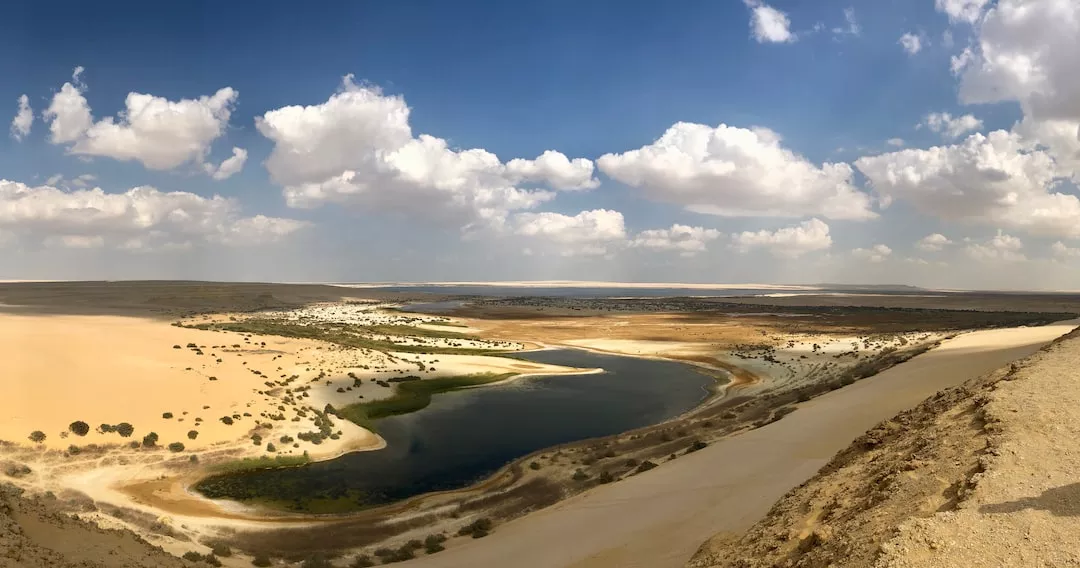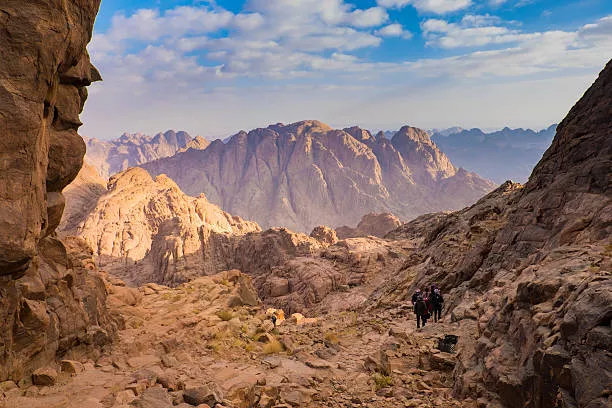Luxor Governorate
Luxor Governorate was established by presidential decree no. 378 in 2009. Luxor city itself is pre-historic and is one of the most iconic cities in the world, with some very famous monuments. A city that is deeply important for all of civilization, its roots are deeply entrenched in history, having been witness to the splendor of man’s achievements in arts and science from 7,000 years ago.

Luxor showcases various dynasties of human history up to modern times. It is situated in southern Upper Egypt region, which includes Luxor and the Red Sea governorates, Suhag, Qena, and Aswan. Luxor is a prized location of valued human heritage and also a UNESCO World Heritage Site. A detailed development plan has been set up to turn the governorate into an open museum.
These days, visitors to Luxor can observe the refurbishment of the city, mainly the popular shopping street which spreads over 1.2 km. The street was developed to resemble old shopping bazaars in Europe. Moreover, an integrated mall “Savoy Bazaars” was also developed and became the biggest complex for tourist bazaars and stores.
In the same concept, el-Kanark pavilion was developed and the informal settlements were removed from the temple yard. Furthermore, the Luxor temple and surrounding area were developed in such a way as to embrace and showcase the Mosque of Abu Hagag with an open area around the temple and the mosque.
In an endeavor to preserve the monuments' treasures at Qarnah region, a major relocation was done for mummies of the ancient tombs after various endeavors to transfer them to al-Taref's new city 200 years ago. Al-Taref has 4,200 housing units and has to access all the utilities and services.
Al-Kebash road, which reopened recently, also links Karnak and Luxor temples. This is one of the most remarkable projects of the century that will go down in history as a great achievement.
In the same respect, the el-Murayes area, southwest of Luxor, was chosen to establish international tourist marinas with a capacity for 260 floating boats at a cost of almost 500 million. As a part of the governorate's development strategy, a Nubian village was also set up in the south of Luxor to revive its heritage.
The village has exhibitions of Nubian products and is also an urban center for making handicraft products in Karnak. Along with this, the main streets of the city were developed such as Al-Edeisi, Al- Telefezyoun, and Al-Mahata streets.
The railway station was also refurbished and developed so it has an advantage over the stations all over the country to reflect the needs of the tourists who come. The ring road was also constructed on the outskirts of the city to facilitate the entry and exit of the tourist buses and at the same time enhance the various modes of transportation. Among other projects were the developments of the Luxor international airport which has been giving tough competition when it comes to capacity with the Cairo International Airport.
Location:
Luxor Governorate is situated in Southern Egypt and is 670km south of Cairo and 220km north of Aswan.


















